Confused by what WordPress post formats are and whether or not you actually need to care about them?
WordPress post formats are kind of like a premade template that you can apply to a blog post to give it a different layout/look on the front-end of your site.
In this article, we’ll dig deeper into what WordPress post formats are and how they differ from other common features of the platform. Then, we’ll share some thoughts on why post formats are often not that helpful, and why most WordPress users don’t actually bother with post formats.
What are WordPress post formats? Explained in more detail
If you open up a WordPress post in your dashboard, you’ll find a number of handy widgets in the right-hand sidebar. There’s the Publish box, for example, which lets you save your posts or make them live. In the same sidebar, you can also assign categories and tags, and add a featured image to each post.
However, there’s one often overlooked section – the Format widget. You’ve probably seen it before and not given it much thought.
Here’s what it looks like in the older WordPress Classic editor:
And here’s what it looks like in the new Gutenberg block editor. Instead of a list of radio boxes, you get a drop-down in the Status & Visibility widget:
There are a number of options here, with Standard being the default. Each one of these choices is a different WordPress post format, a feature that’s been included in WordPress since Version 3.1.
The question is, what do WordPress post formats do? In a nutshell, the format that you select tells your theme how to lay out your blog post, which lets you customize your post’s appearance. The Standard option is kind of like your theme’s default blog post look, while the other formats let you switch things up.
For example, the Audio post format might add an audio player at the top of your post, which is helpful if you’re writing about music or something similar.
So what do these various post formats look like?
Well, there’s no single answer here because the formatting of the other options depends on your theme, since developers can design what each post format will look like. In fact, some WordPress themes don’t support all the available post formats, which means you might see fewer choices in the list.
What do the different WordPress post formats do?
For the most part, a WordPress post format results in surprisingly little change to the appearance of a given post. In fact, the majority of themes no longer bother with post formats. This means even if you choose something other than the default option, your post might look exactly the same as it would have otherwise.
The themes that do still use post formats still tend to keep things simple. For example, here’s what a Standard post looks like in the Hueman blogging theme:
If you were to change the WordPress post format to Quote, you’d see a simple image adding some quotation marks to the post:
The Status post type, on the other hand, increases the font size and removes the post title:
This is a pretty representative example of what you’ll find if you try experimenting with post formats on your own site.
What is the difference between WordPress post formats and post types?
One of the reasons the concept of a post format can be confusing is because it sounds a lot like a ‘post type’. However, it’s important to understand that these are two entirely different features.
The term post type is a bit of a misnomer – it’s actually a broad term for the various kinds of content on your site. The two main post types are Post (capital “P”) and Page. As you probably know, WordPress handles and displays these very differently.
Many themes and plugins will add new post types to your site in order to help you create certain kinds of content more easily. For example, the WooCommerce eCommerce plugin adds a new “Products” post type that helps you add and manage products at your store:
You can even create your own custom post types if you like.
Overall, post types are a central WordPress feature, and one you’ll want to become very familiar with.
On the other hand, post formats only apply to actual WordPress posts and are a lot less flexible. This leads us to our final question…
Should you use WordPress post formats on your site?
Ultimately, in the vast majority of circumstances, there’s little point in changing your WordPress post format to anything other than Standard. There are a number of reasons for this:
- Most modern themes don’t bother with post formats. This means you won’t be able to use post formats at all, unless you want to do some custom coding.
- Themes including formatting for different types of posts generally don’t put much time or effort into this aspect of their design. Therefore, picking a different WordPress post format isn’t likely to result in a significantly different look.
- There are now much better ways to customize the appearance of your WordPress posts if you do want them to look distinct. You can add custom HTML, use a page builder tool, or create a child theme – just to name a few options.
If you want to experiment with post formats in your chosen theme, it won’t negatively impact your site in any way – so go ahead! However, it’s a largely obsolete feature at this point, which means there’s no reason to go out of your way to use it (or even search for a theme that supports it).
Additionally, remember that if you do change WordPress themes in the future, your new theme may or may not support post formats, so that could cause problems when it comes to the formatting of your site’s older content.
Conclusion
The WordPress software evolves slowly, which means some features stick around even after they’re no longer very relevant or useful. Knowing what functionality matters and what can be safely ignored is part of becoming a savvy WordPress user.
The most important thing to understand about post formats is that they’re different from post types. The latter term refers to distinct kinds of content on your site – such as Pages, Posts, and Products – while the former refers to special formatting used to distinguish various types of blog posts. As most themes no longer include special coding for this feature, you’ll be perfectly fine leaving every WordPress post format set to the default option.
Do you have any questions about post formats, or any other WordPress terms you’ve run across? Ask away in the comments section below!


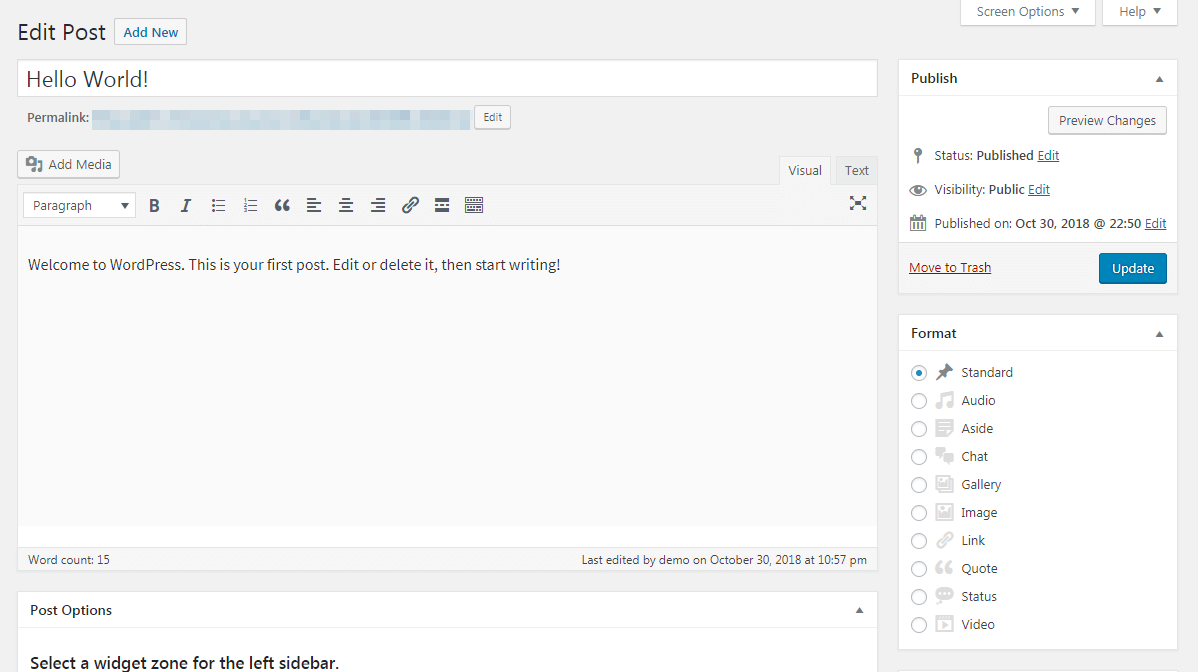

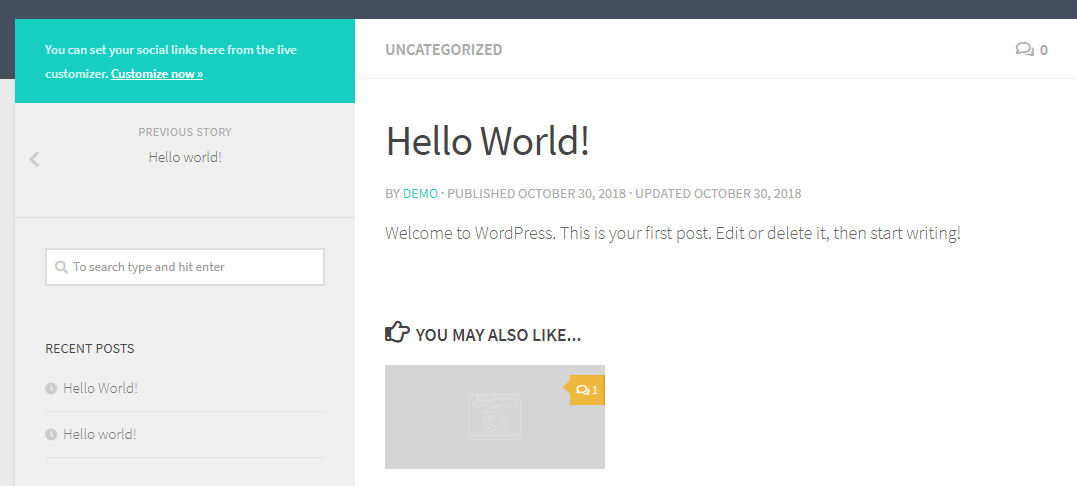
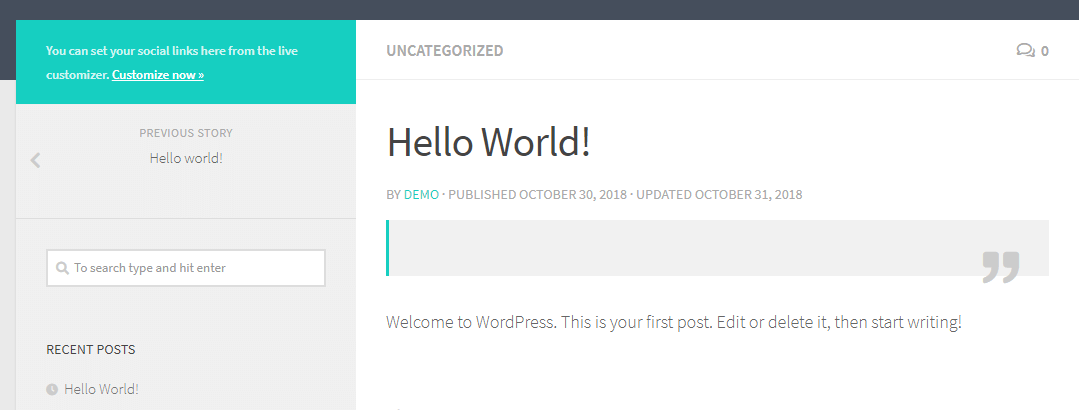
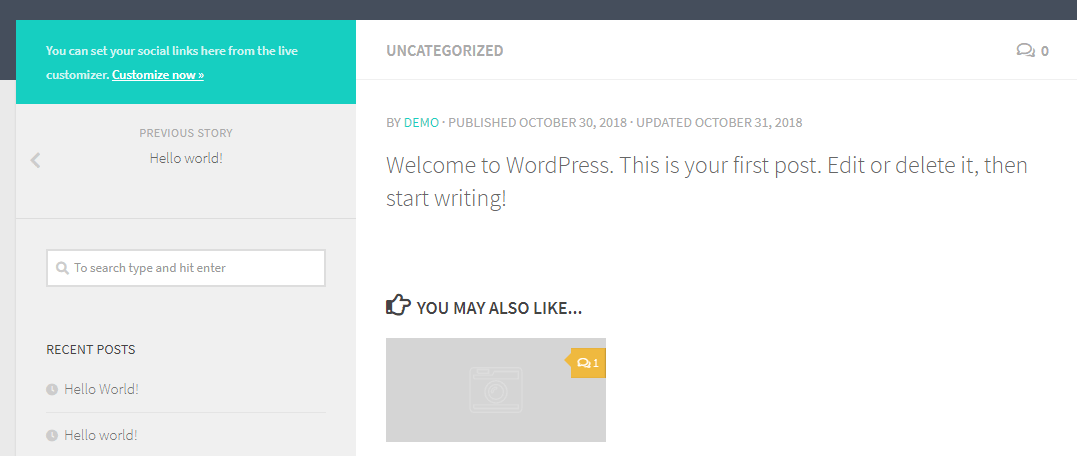
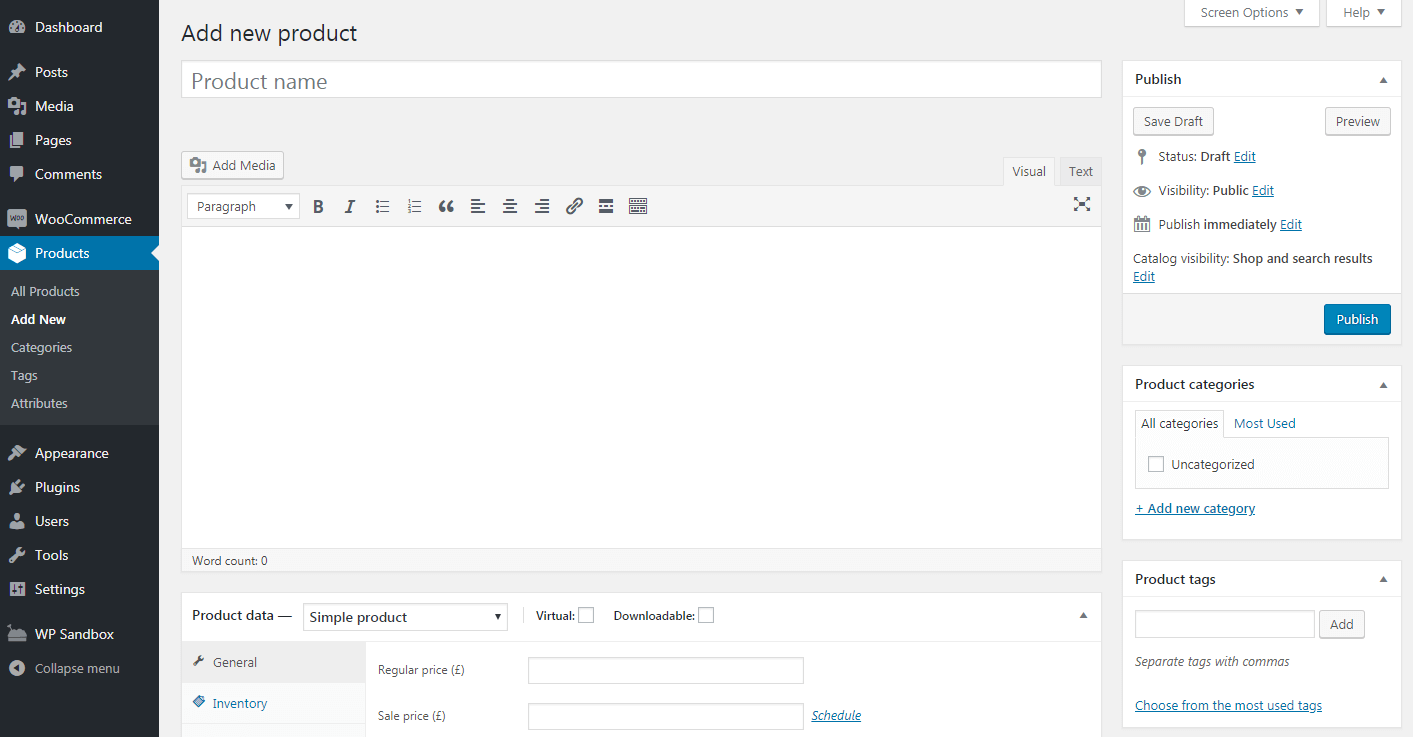

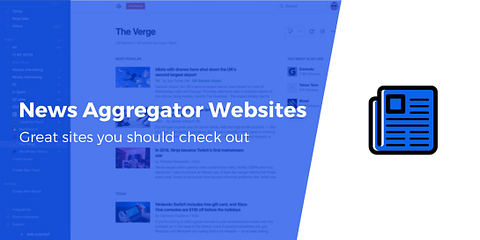
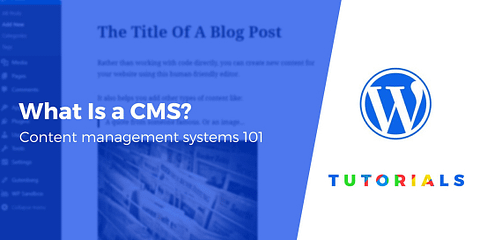
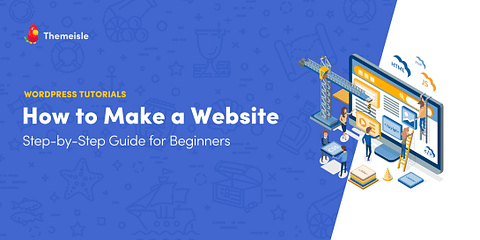

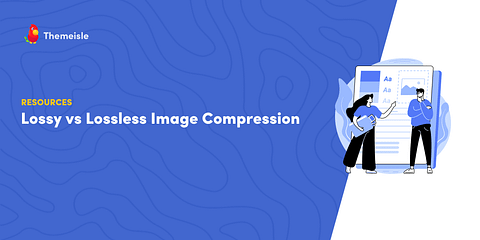

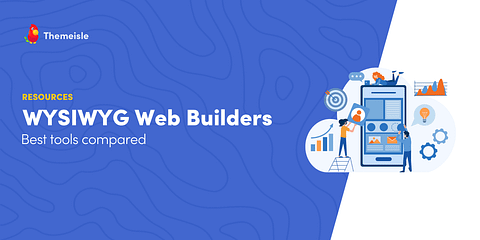
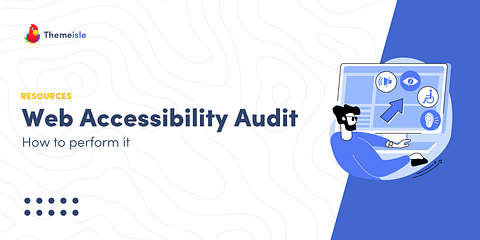

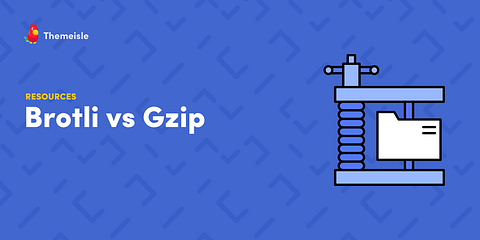
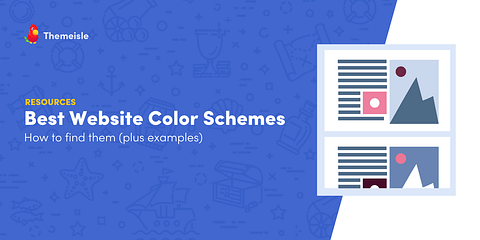
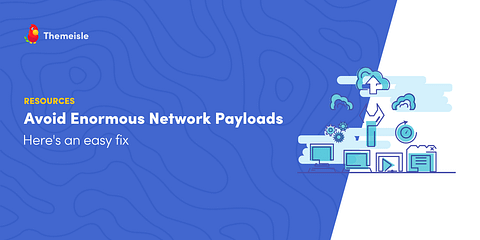
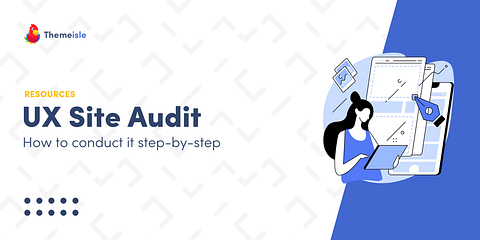

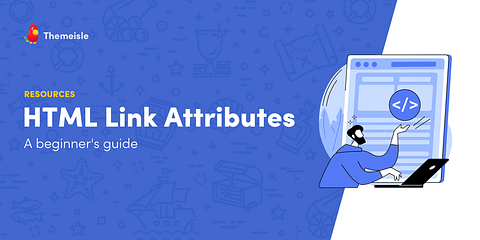
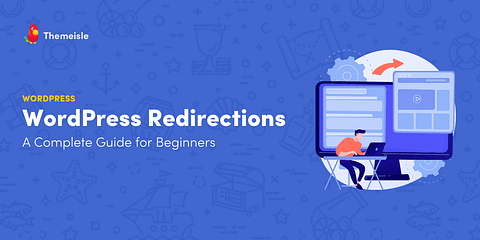
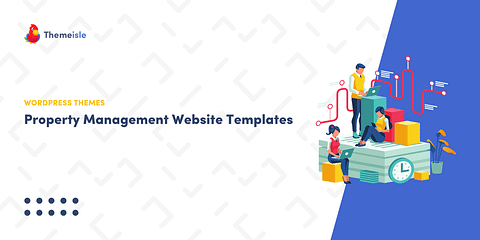
Or start the conversation in our Facebook group for WordPress professionals. Find answers, share tips, and get help from other WordPress experts. Join now (it’s free)!